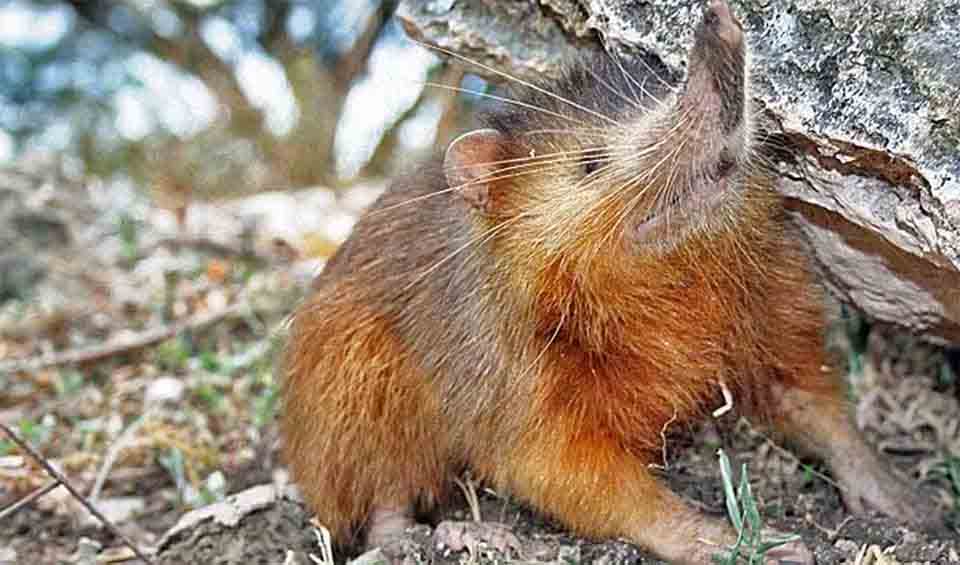A very rare and fascinating mammal found only on the island of Hispaniola, which is shared by the Dominican Republic and Haiti in the Caribbean. This small, nocturnal creature is known for its unique appearance and ancient lineage. It has a long, flexible snout, small beady eyes, and a body covered in coarse, dark brown or black fur. One of the most unusual features of the Hispaniolan solenodon is its venomous bite. . This venom is produced by glands in its mouth and is used to subdue insects, spiders, and even small vertebrates that it hunts at night.
The solenodon’s long snout is highly sensitive and plays a crucial role in its survival. It uses this snout to root through leaf litter and soil as it searches for food. Its sense of smell is particularly well-developed, allowing it to detect prey even in the dark. The solenodon also has strong, sharp claws that it uses to dig and forage for food. These claws are perfect for uncovering insects and worms hidden beneath the surface.
One of the most interesting things about the Hispaniolan solenodon is its evolutionary history. It is considered a living fossil, meaning it has remained largely unchanged for millions of years. The solenodon belongs to a very ancient group of mammals that once lived alongside dinosaurs, making it one of the few remaining members of this group. This long evolutionary history makes the solenodon an important species for scientists studying the origins of mammals and their development over time.
Distribution
 Dominican Republic
Dominican Republic Haiti
HaitiAnything we've missed?
Help us improve this page by suggesting edits. Glory never dies!
Suggest an editGet to know me
Terrestrial / Aquatic
Altricial / Precocial
Polygamous / Monogamous
Dimorphic (size) / Monomorphic
Active: Diurnal / Nocturnal
Social behavior: Solitary / Pack / Herd
Diet: Carnivore / Herbivore / Omnivore / Piscivorous / Insectivore
Migratory: Yes / No
Domesticated: Yes / No
Dangerous: Yes / No




